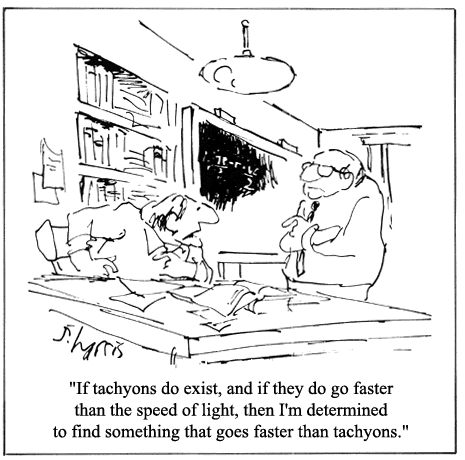|
When people hear the word
Cosmology, they fear the worst:
relativity,
dark
matter,
galaxy clusters. While these topics are a
part of the study of cosmology, they are not the
mysterious subjects some make them out to be.
Albert Einstein changed the way we look at our
Universe. By realizing that time and space are one
(space-time, the 4th dimension), we understand
gravitational effects from objects like
galaxies and
dark
matter that alter the paths of light. By
determining these gravitational effects, we gain
insight as to the mass distribution of our Universe
and learn how it expands.
This section will introduce
Einstein's Theory of
Relativity and its effect on space-time. We will
also take a look at the variety of
galaxies in the
Universe as well as their distribution in clusters.
In addition, we will introduce dark
matter - the
unknown, highly massive material that is distributed
through the halo of
galaxies and
galaxy clusters
that make must almost 90% of all material in the
Universe. We will also introduce the
big bang and
the Cosmic Background Radiation - the remnants of
the
big bang.
Most of what we know about cosmology is based on
computer simulation and some observational data.
What this means is that much of what we know is in
flux - that is theoretical with only some
observational evidence. However further observation,
simulation, and theory refinement is helping to
understand the nature of our Universe.
So what do we know so far about our Universe?
This brief timeline is based from the
big bang (T is
time after the
big bang).
- 13.6 billion years ago T=0, the Universe
began with the
big bang
- T = 300,000 years after the
big bang,
protons and neutrons form (combined from
residual quarks)
- T = 300,000 to 10,000,000 years -
recombination, that is hydrogen atoms form (this
is what we see in the Cosmic Background
Radiation)
- T = 10,000,000 to 1,000,000,000 years -
clumps of matter combine to form proto-galaxies
- T = 1,000,000,000 to 3,000,000,000
years quasars form
- T = 3,000,000,000 to 8,000,000,000 years,
galaxies form
- T = 8,000,000,000 to 12,000,000,000 years,
our Solar System and planets
- The Universe is expanding, with the most
distant
galaxies
(quasars) expanding faster than nearby
galaxies
Between T = 0 and T = 300,000, many things occur
and they will be introduced in the
big bang section.

(Science
Cartoons Plus) The
subject of cosmology can stir some passionate
discussions, so feel free to engage your peers in
our
forums.
Back to Top |

